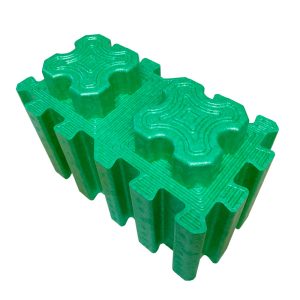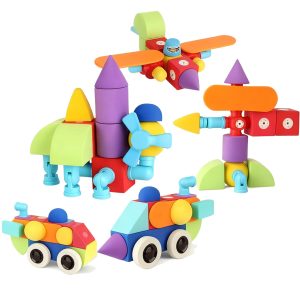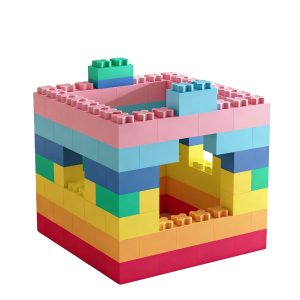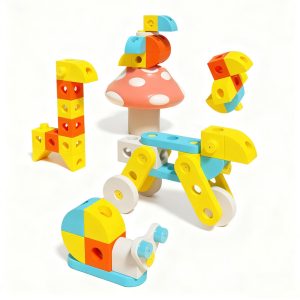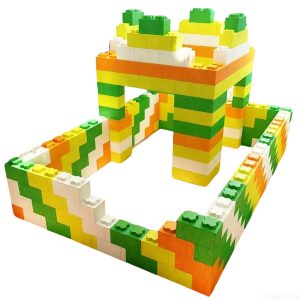Avoid Pitfalls When Buying Magnetic Building Blocks
A Must-Read for New Parents: Steer Clear of Buying Risks from 3 Core Dimensions – Magnetic Strength, Quantity, and Accessories
As a popular choice of educational toys, magnetic building blocks can not only develop children’s hands-on skills but also foster their spatial thinking. However, the quality of products on the market varies greatly. New parents only need to focus on three core factors – magnetic strength, age-matched quantity, and practical accessories – to efficiently avoid pitfalls and select cost-effective products.
1. Magnetic Strength: Stable Adhesion Is Key
Core Evaluation Criteria:
- There should be no obvious looseness when blocks adhere to each other.
- Avoid styles with overly weak magnetism (structures collapse easily) or excessively strong magnetism (hard for young children to separate, posing a risk of finger pinching).
- A simple test: Build a basic shape with the blocks; if it stays intact for 5 minutes, the magnetic strength is qualified.
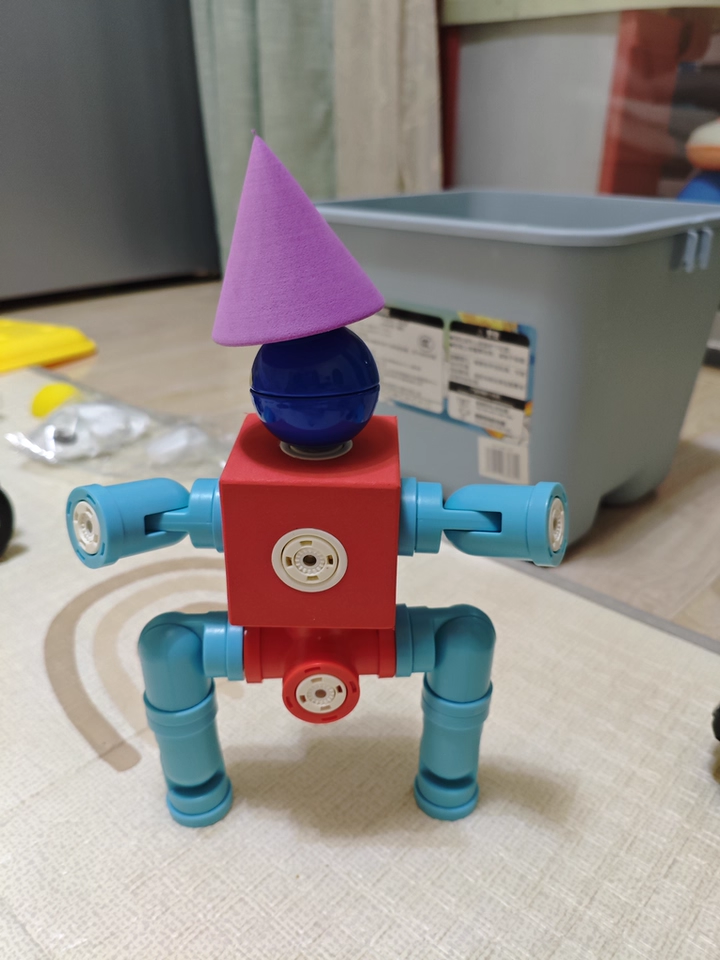
2. Quantity Selection: Match Age Needs, Reject the “False Quantity Labeling” Trap
Scientific Quantity Selection by Age:
- Under 3 years old: 20-50 blocks, mainly large-sized basic shapes (to prevent accidental ingestion of small parts).
- 3-6 years old: 50-100 blocks, with a small number of special shapes (e.g., wheels, doors, windows) optional.
- Over 6 years old: 100+ blocks, supporting complex constructions to meet advanced needs.
Key Tip:
Carefully check the “block quantity” on the product detail page. Be alert to merchants that count small parts or stickers towards the total block count.
3. Practical Accessories
Essential Accessory Checklist:
- Storage tools: Storage boxes/bags for easy organization.
- Instruction manual: Graphic manuals with age-specific building tutorials to help beginners (kids and parents) get started.
- Safety accessories: Blocks should have smooth edges without burrs, and no small, easily detachable parts (e.g., exposed small magnets).
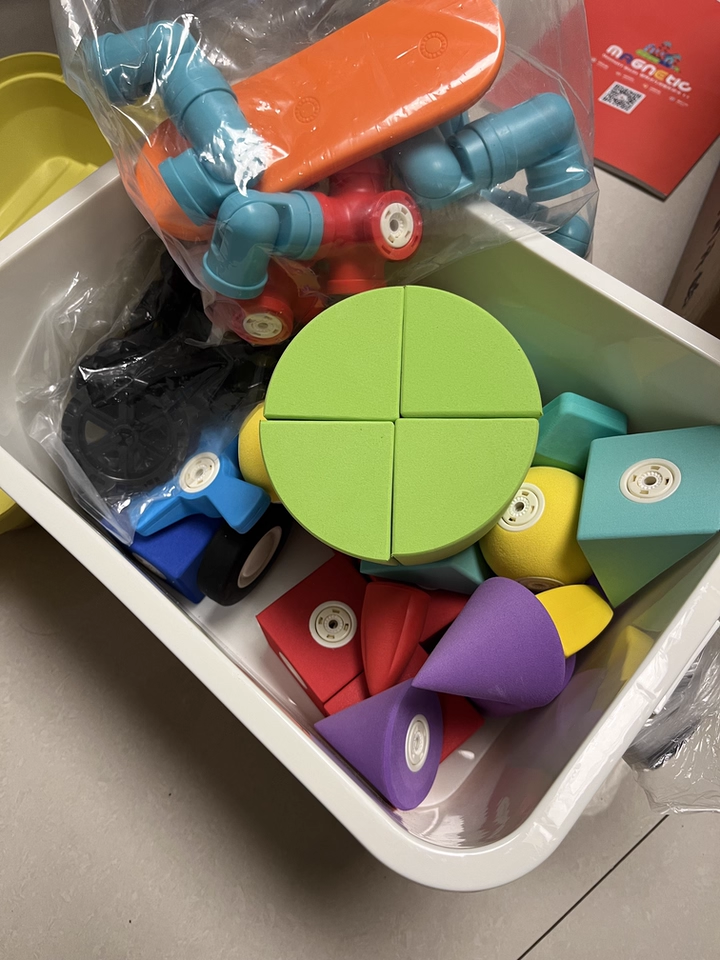
Key Tip:
Reject “low-quality” accessories (such as inferior sound-light modules, disposable stickers) – these accessories pose potential safety hazards.
4. Material Safety Cannot Be Ignored
For young children, ensure the blocks meet certified standards, such as the EU CE certification or the local certification requirements of the production country. The product should have no pungent odor, and all edges must be rounded to avoid scratching children’s skin.
Conclusion
When buying magnetic building blocks, new parents only need to stick to three core principles: “moderately strong magnetism, age-matched quantity, and practical, safe accessories.” Meanwhile, look for authoritative safety certifications. By doing so, you can avoid most pitfalls and choose high-quality toys for your child that are both fun and safe.

